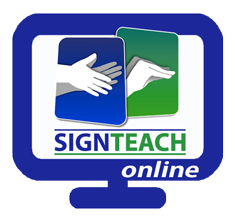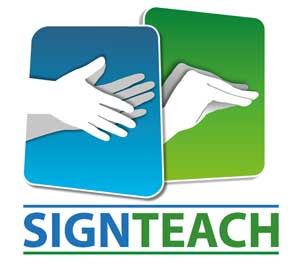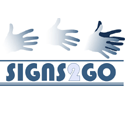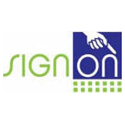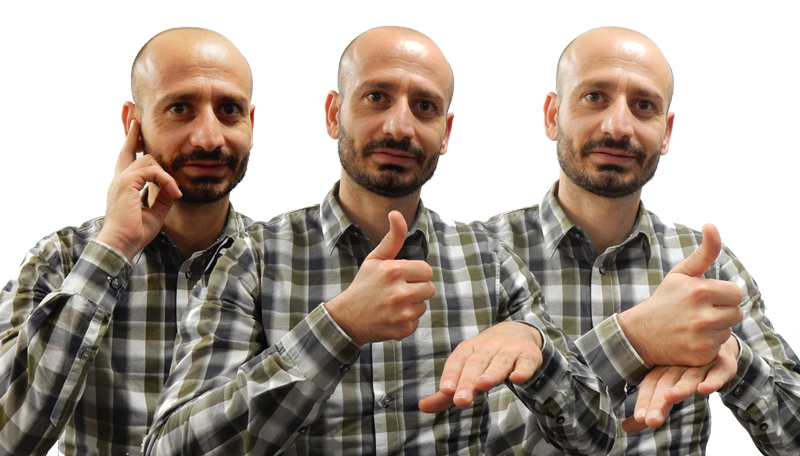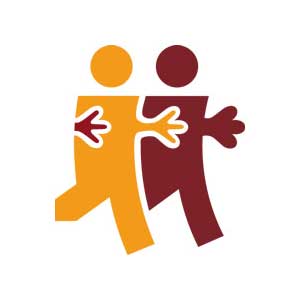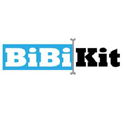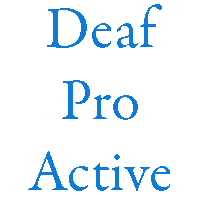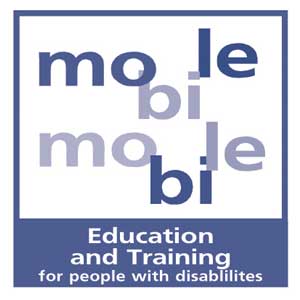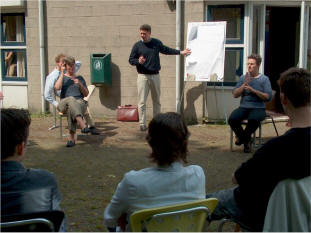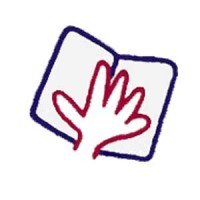Signing Books
TAP-DE, 1998-2000
Signing Books for the Deaf
Blind people can use talking books to 'read' printed text. Few people know that early Deaf people (early Deaf: those who are born deaf, or who become deaf very early in life, before they have acquired the spoken language of the community in which they live) are as print disabled as blind people.
|
The first and only completely accessible language for most early Deaf people is a sign language; their knowledge of the national spoken language is limited. As a consequence, the majority of adult deaf people are functionally illiterate: they do not read well enough to understand mainstream books or newspapers.
'Signing books' - in analogy to the talking books of blind people - are one way to remove (some of) the barriers that deaf people have to deal with, when trying to access printed information: information translated in sign language and presented on videotape or CD-ROM.
The objective of the Signing Books project was to describe the 'state of the art' with respect to the production, distribution and use of 'signing books' in the countries of the EU. A second objective was to develop guidelines for the production of signing books.
Signing Books was a 2-year project, funded under the EU TAP-DE program. The starting date was January 1998.
|
Partners in the Signing Books project:
|
